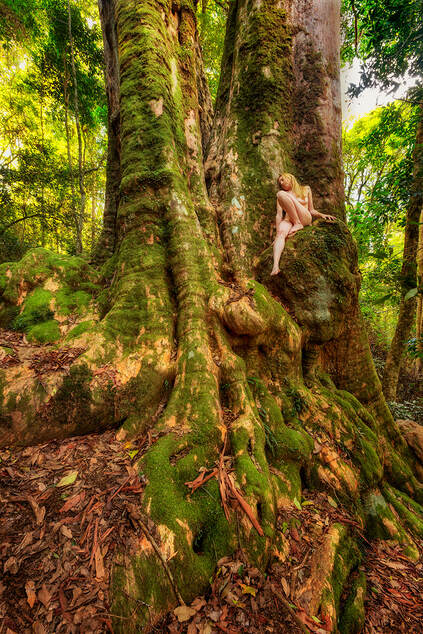Brush Box – Lophostemon confertus
Natural History
|
Other Names: Queensland Box, Brisbane Box, Pink Box, Box Scrub, Vinegartree, kurayir (Yugambeh)
Distinctive Characteristics: This evergreen tree is resilient against pests, smog, drought, and poor drainage. It is popular as a street tree, although it does not reach its full potential in size in this environment. Distribution: Native to Australia, from northeast coastal New South Wales northward to northeast coastal Queensland, from Newcastle to Fraser Island, and in isolated stands to the Windsor Tablelands. Elevation: 500 – 2,800 ft. (150–850 m). Ecosystem: Dry or wet sclerophyll forest (characterized by open stands of tall eucalypts and hard, leathery, evergreen foliage adapted to prevent moisture loss); in valleys, ridges, mountains, and coastal headlands; in ecotones between rainforest and tall, open eucalypt forest. Associated with Flooded Gum, Tallowwood, and Turpentine. Maximum Age: About 1,500 years. Maximum Height and Girth: Up to 177 ft. (54 m) in height, and over 40 ft. (12 m) in circumference. Animal Community: This tree is a food plant for the larval stages of the common red-eye, rare red-eye, and eastern flat butterflies. Traditional Uses: There were most likely many traditional uses of this tree. Modern Uses: Popular as timber, flooring, and wharf decking. Threats and Conservation: Not threatened. |
|


